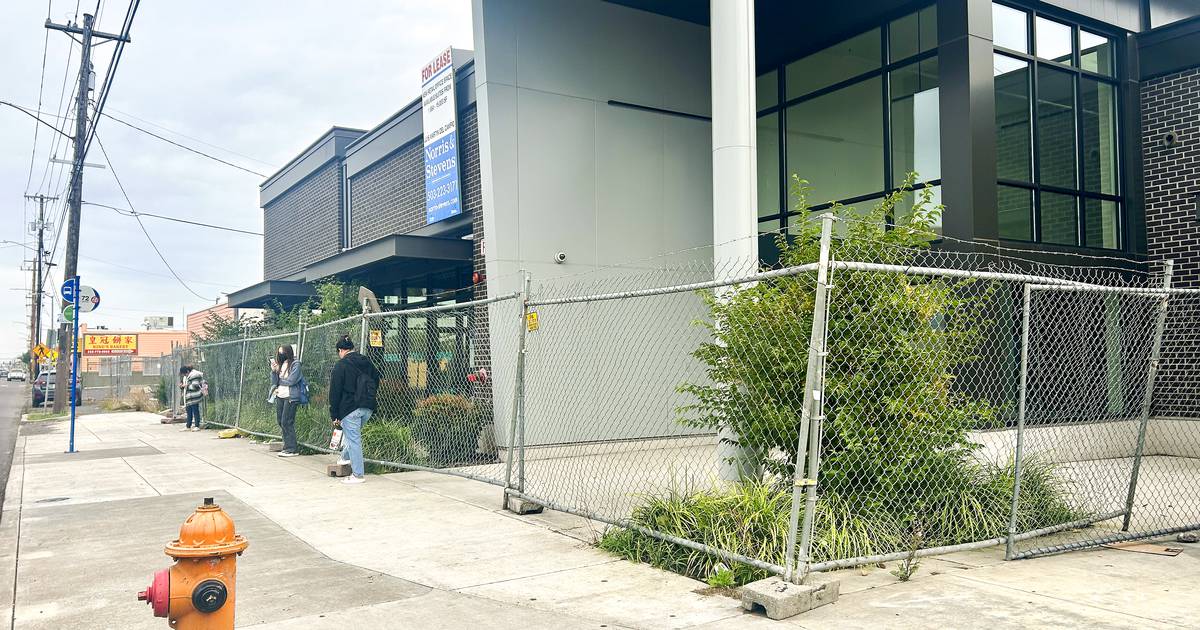Vacancy taxes here should be painfully high here. $3m property vacant for years? Should be paying about $300k/yr in vacancy taxes.
A Land Value Tax would help with this. Henry George was on to something with that.
This is what “property tax” is, isn’t it? You pay a specified percentage of your property’s assessed value in tax.
It’s related for sure. Our current property tax system kind of conflates the land value with the value of the buildings on the land–that’s why a house will be assessed as going up in value even though it’s physically deteriorating a bit as it ages, and even if it’s likely to be torn down and replaced by a new buyer. The idea of land value tax is that you revamp the assessment system to reflect that most of the value is actually in the location of the property, and you tax the property based only on that value, but at a high rate. This significantly discourages leaving a lot vacant, because your income on that property will be low, but your taxes will be as high as if you had built it up. It basically does away with “land banking.” This is why there are currently so many lots in most downtowns that are barely improved–parking lots, storage companies, that sort of thing: because of the lack of significant buildings, they’ll have low property taxes, and the owner can just hold them while they wait for the value to inflate. Land Value Tax does away with that. It incentivizes the efficient use of land, and basically eliminates the use of land as simply a hoarding spot for wealth.
After hearing you explain it, I think you have me convinced that taxing only the land value is a fairer system and would encourage active development. My only concern is this:
- the land value of a plot of land in East Portland on which a single-family house sits may be worth $50,000
- a five-storey block of flats in, say, Downtown or even nearby like the Pearl District, Llyod, or whatever might have a land value of, for example, $100,000 (all numbers made up for illustrative purposes)
- the land on which the US Bank building may, for example, be worth $300,000
- the land on which Zenger Farms, a 10 ha. urban farm, sits may be worth $500,000 or more, because it’s so big
Suppose the tax is 10% of the assessed land value. This means the owners of the East Portland house, the five-storey block of flats, the US Bank building, and Zenger Farms, would be assessed $5,000, $10,000, $30,000, and $50,000 respectively in tax. Now, I think I needn’t point out that this doesn’t seem fair. All of the plots of land are being used for “adequate” purposes, and yet it seems some of them are punished for that land use decision that in all isn’t that bad. The urban farm is not exactly wasting land; it’s providing valuable fresh produce to the city.
What I think would be better is a tiered system by categorising the traditional property tax bracket by land use:
- 0.1% for agricultural
- 0.5% or lower for medium or high-density buildings, such as skyscrapers, duplexes/triplexs/n-plexes, and mixed use zoning
- 1% for low-density commercial or single-family housing
- 5% for car parking
- 10% for vacant buildings
- 30% for empty lots
The numbers are arbitrary and illustrative only, but I think this allows for a more nuanced approach that allows for a finer-grained policy to be applied to discourage unwanted development
Ugh, I’m typing on my phone and kbin just ate about three pages of text. I’ll try to just summarize.
Assessments for land that’s at a roughly average level of development for its area would likely be about the same as they currently are for the properry as a whole, because of how, as I say, the existing system conflates the building and the land. So, better estimates for the values of your example properties would be $200k for a single family home in East, several million for the five-story condo building, and hundreds of millions for big pink. If they were all taxed at 1%, that would be a couple thousand a year for the home, a few hundred thousand a year for the condo, and millions for big pink. Which is probably not far off what they pay now. (My numbers are just as made up as yours, so, y’know, take with salt.) You’d only really expect to see significant changes in valuation for properties that are either much more or much less developed than the land around them, which is why I mentioned parking lots and U-Store-It centers; these businesses are almost always structured around the idea that they’ll bring in a nominal trickle of cash to offset the taxes while the owner holds them and waits for their value to go up. This would be a lot less attractive if they had to pay the same taxes as the businesses and apartments going in around them that were causing that value to rise.
George used to demonstrate this by buying empty lots in downtown areas and putting up signs in them that said “Everybody works but the empty lot.” Below that it would explain that he had bought it for whatever price, would hold it until it hit some other price, and would have done absolutely nothing to earn that increase in price but was instead capturing some of the value of the work other people had put in to growing the neighborhood. It was a pretty good way of advertising his ideas.
Oh, and yes, you can always adjust the rates to incentivize particular kinds of development like an urban farm. It’s a human system, so there’s gonna be a need for flexibility. :)


